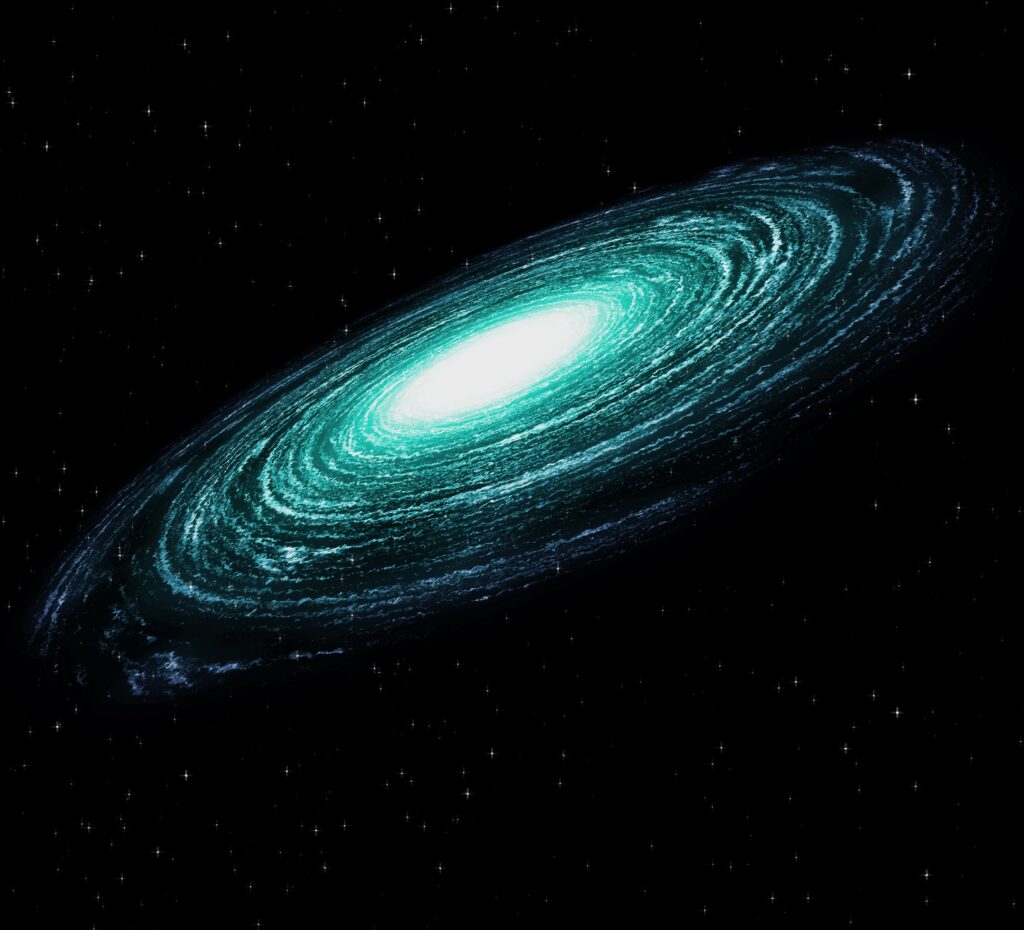Understanding What is Going on at the Heart of Black Holes
What Is a Black Hole?
Black holes belong to the most interesting and least understood objects found in the universe. Such discoveries challenge how we look at space, time and the laws of physics. Many describe black holes as the weakest link in the universe, since they’re tied to places where the rules of physics fail, the force of gravity overwhelms even light and the material of space-time is badly warped.

The Event Horizon: Point of No Return
A black hole appears when a large star uses up all its fuel and collapses. The collapse forces the star’s mass into an extremely small and dense singularity. The event horizon is a point beyond which nothing can escape. Matter, light or information that passes the event horizon is trapped in the black hole. While the event horizon looks like a surface from a distance, it is not a real physical boundary around the hole.
The phrase “bottom of the universe” is very vivid and impactful. Like water that sinks into an ocean hole or things that drop into a well, black holes are like a cosmic drain. When something is thrown in, it stays there and cannot be taken out again. It is for this reason that black holes are described as mysterious, risky and hard to understand. Scientists have created numerous instruments and ideas to explore real or possible ecosystems, in spite of not being able to see inside.
Einstein’s Theory and the Discovery of Black Holes
Many black hole theories were created in part because of Albert Einstein’s theory of general relativity which studies how gravity interacts with mass and energy. Black holes naturally occur as solutions in Einstein’s equations. While Einstein did not believe it, Pauli understood from his calculations that black holes and neutron stars could exist. Experiments took place over many years until proving that black holes are quite common in the universe. At the center of most galaxies, ours including, is a huge black hole that is millions or billions of times larger than the Sun.
They could have been responsible for creating our universe and are still effects on the changes galactic regions experience today. There are many small black holes spread through the universe. Stars often explode which can produce black holes and we spot them by studying their affects on stars nearby and the X-rays given off as things fall into them.

A Breakthrough in Astronomy
In 2019, the first public image of the black hole in the M87 galaxy was released by the Event Horizon Telescope (EHT).. There were important developments in astronomy around this period. For the first time, images of these objects which had been discussed through theory and mathematics for a long time, were recorded.
Scientists still do not know many aspects of black holes. An example is the fate of material that gets caught in a black hole. The black hole information paradox continues to be a main subject in discussions among physicists. A similar debate is if black holes can get into other areas of the universe through wormholes and then open doors to other dimensions.
Are Black Holes Dangerous?
In spite of how they are often shown in science fiction, black holes do not wander through space and gobble everything around them. They take in material mainly when it comes near enough to pass inside the event horizon. If not, they perform as any other object with mass would: they both attract and are attracted by other things and they orbit around other bodies.
The Final Frontier
Black holes are a lot like the deep sea — we don’t know much, but there is great promise in understanding them. They remain some of the last mysteries we want to solve about the universe. With better technology for telescopes and gravitational wave detectors, we are now better equipped to learn about the features of these massive objects in the universe.
Black holes prompt scientists to rethink what we thought was possible in physics. They teach us that the universe is large, filled with mysterious surprises and much still remains a secret.
![]()




















